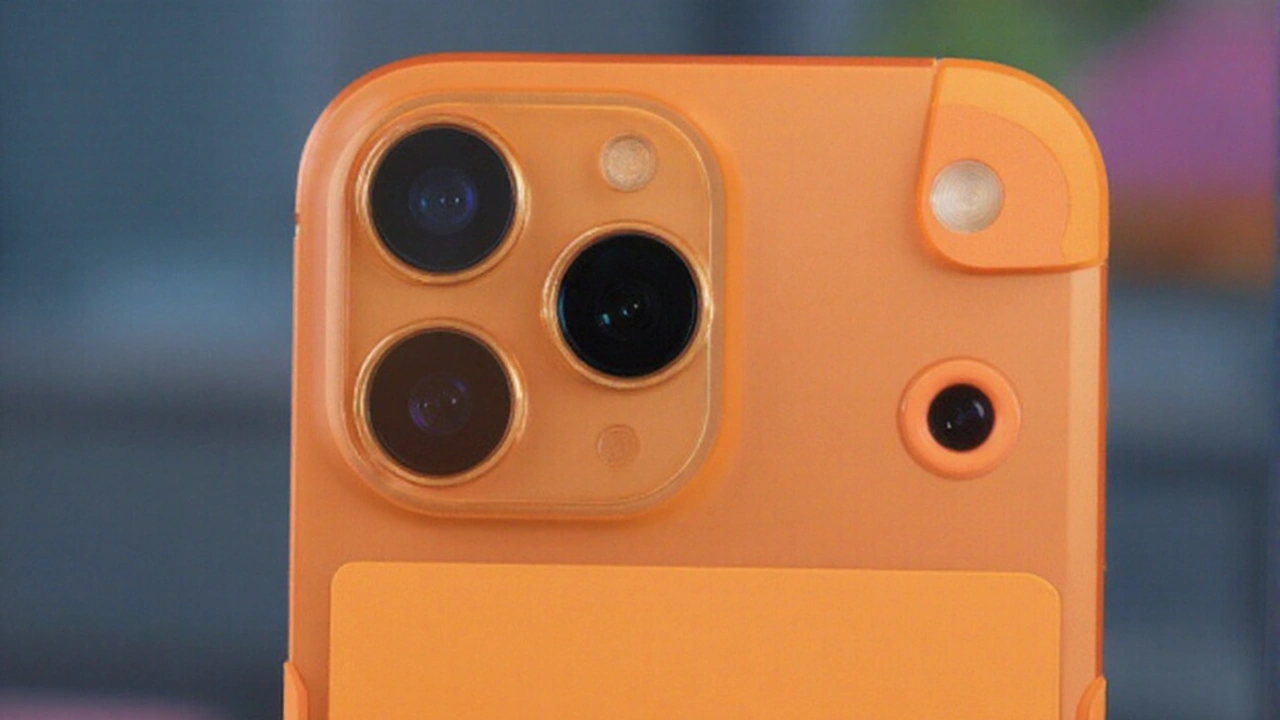Wireless Charging: How It Works and Why It Matters
When working with wireless charging, a method of moving electricity without any physical connectors by using electromagnetic fields. Also called inductive power transfer, it lets you power phones, earbuds and wearables simply by laying them on a pad. Inductive charging, the core technology that creates a magnetic field between a transmitter coil and a receiver coil is the backbone of most consumer solutions. The Qi standard, the most widely adopted interoperability framework for wireless power guarantees that devices from different brands can share the same charger. In short, wireless charging encompasses inductive charging, and the Qi standard influences device compatibility.
wireless charging has moved from a novelty to a daily habit for many people. The biggest driver is convenience – no cables, no fiddling, just place and go. But convenience hides a set of technical choices that affect speed, efficiency and safety. Fast wireless charging, a capability that pushes power delivery up to 30 W or more to cut charge times dramatically requires tighter coil alignment, advanced thermal management and smarter communication between device and charger. It also demands that batteries and power management ICs handle higher currents without overheating. As a result, fast wireless charging demands more precise engineering, and users can see a 50 % reduction in charge time compared to standard 5‑W pads.
Beyond the Pad: Magnetic Resonance and Multi‑Device Charging
While most people think of a single phone on a flat pad, another branch called magnetic resonance charging, a technique that uses loosely coupled coils to transfer power over a few centimeters lets you charge multiple devices at once or even charge through thin surfaces. This technology enables furniture‑integrated chargers, car‑interior pads and public‑space installations where users don’t need to line up perfectly. The trade‑off is a slight dip in efficiency – typically 70‑80 % compared with 90‑95 % for tight inductive systems – but the flexibility often outweighs the loss for many use cases.
Efficiency isn’t the only concern; safety standards shape how wireless chargers are designed and regulated. Organizations such as the Wireless Power Consortium and IEC set limits on electromagnetic exposure, heat generation and foreign‑object detection. A charger that can sense a metal object and shut off instantly protects both the device and the user. These safety mechanisms are built into the firmware of the transmitter coil and the receiver’s power management chip, creating a feedback loop that constantly monitors temperature and field strength.
Battery health is another critical piece of the puzzle. Studies from major OEMs show that charging at 5‑W or 10‑W levels produces the least stress on lithium‑ion cells, while fast wireless modes can accelerate capacity fade if used all the time. Many manufacturers now offer adaptive profiles that switch between slow and fast modes based on usage patterns, preserving long‑term battery lifespan while still delivering quick top‑ups when needed.
All these factors – inductive vs. resonant technology, the Qi standard, fast‑charge capabilities, safety protocols and battery‑care strategies – create a rich ecosystem that keeps evolving. Below you’ll find a curated collection of news pieces, analysis and updates that dive into each of these areas, from new charger roll‑outs to policy debates and breakthrough innovations. Explore the stories to see how wireless charging is shaping everyday tech, and stay ahead of the next wave of improvements.

